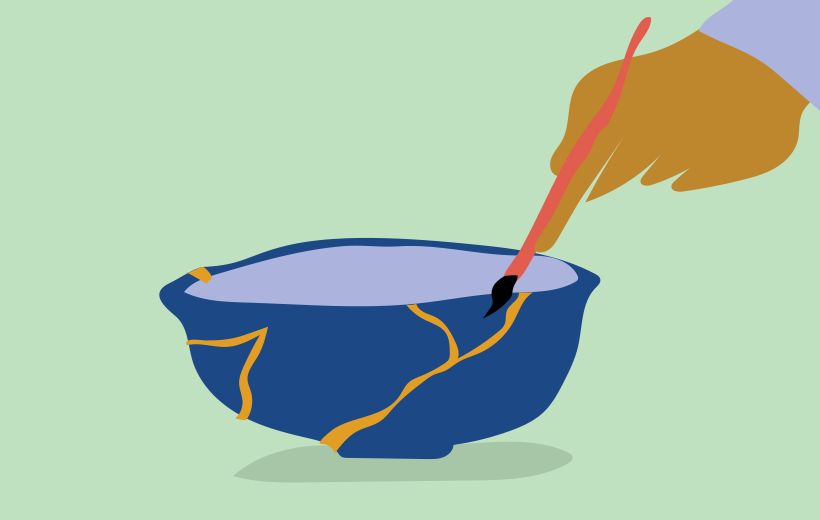What is the Difference between Mindfulness and Awareness?
By Tergar Meditation Community • 3 min read
By Tergar Meditation Community • 3 min read
“Mindfulness meditation” is omnipresent these days. Some of these programs are based on traditional meditation practices, others are what you might call “New Age,” and others have been invented out of whole cloth. There exists at least one program claiming it will get you enlightened in seven days! But is mindfulness the same thing as awareness?

Basically, we’re talking about two approaches to meditation: object-oriented and subject-oriented. “Object-oriented” means you’re concentrating on an object, be it breath, sound, physical sensations, emotions, or external phenomena. Whatever it is, you stay with it; if you get distracted, you return to the object. This is fine, but for many people, it poses a difficulty, because it creates a very narrow focus. When you hone in on one object and don’t allow your mind to go anywhere else, you’ll soon be back to the old “don’t think of a white bear” conundrum. It can get kind of tight.
In contrast, the tradition of subject-oriented meditation centers on awareness. Objects are simply a reference point. For example, imagine awareness is a candle flame. It illuminates the objects around it so that they become visible. And, because the flame is the light, it also illuminates itself; you don’t need a flashlight to see it. Like the candle flame, the mind has the ability to perceive the object, and it has self-luminosity, self-clarity.
Awareness is open and vast. Therefore, subject-oriented meditation is wide open, so any object that comes to mind — your experiences, ups and downs, happiness, suffering, kleshas —can become a support for connecting to awareness. Always present and free, always calm, awareness is pure. Its freedom and openness is present and wakeful, and it is with you in every moment. The only problem is that, like a fish living its whole life in water without having the concept of water, we don’t recognize this wakeful presence of awareness. That’s why it’s so important that we learn to connect with it. And we can! With or without an object, any time, anywhere, in any state.
“Everything you ever wanted is right here in this present moment of awareness.”
– Mingyur Rinpoche –
If you enjoyed reading our articles, please join our mailing list and we’ll send you our news and latest pieces.
In this teaching, Mingyur Rinpoche explains this question from the traditional Tibetan Buddhist perspective by exploring the difference between object-oriented and subject-oriented forms of meditation as ways to connect with awareness.
Learn meditation under the skillful guidance of world-renowned teacher Yongey Mingyur Rinpoche at your own pace.

Tergar Meditation Community supports individuals, practice groups, and meditation communities around the world in learning to live with awareness, compassion, and wisdom. Grounded in the Tibetan Buddhist lineage of our guiding teacher, Yongey Mingyur Rinpoche, our online and in-person programs are accessible to people of all cultures and faiths, and support a lifelong path toward the application of these principles in everyday life.

What if the conflicts that fracture us could become the gold that mends us? In this deeply personal reflection, Emilda Rahim offers a meditative journey through the pain of disconnection toward healing, clarity, and quiet transformation.

“Whether you’re sitting on a meditation cushion or standing on a stage, the key ingredients are surprisingly similar: stay present, keep it real, and don’t forget to laugh.” – Beth Schumann Korczynski

Just as you are beginning to wake up, bring your awareness to your feet. “Bringing awareness” just means to simply feel them, be aware of their existence. Slowly, in a relaxed way, move your awareness up to your legs, torso, and head. Whatever sensations may arise, whether pleasant, unpleasant, or neutral, just let them be…
If you enjoyed reading our articles, please join our mailing list and we’ll send you our news and latest pieces.